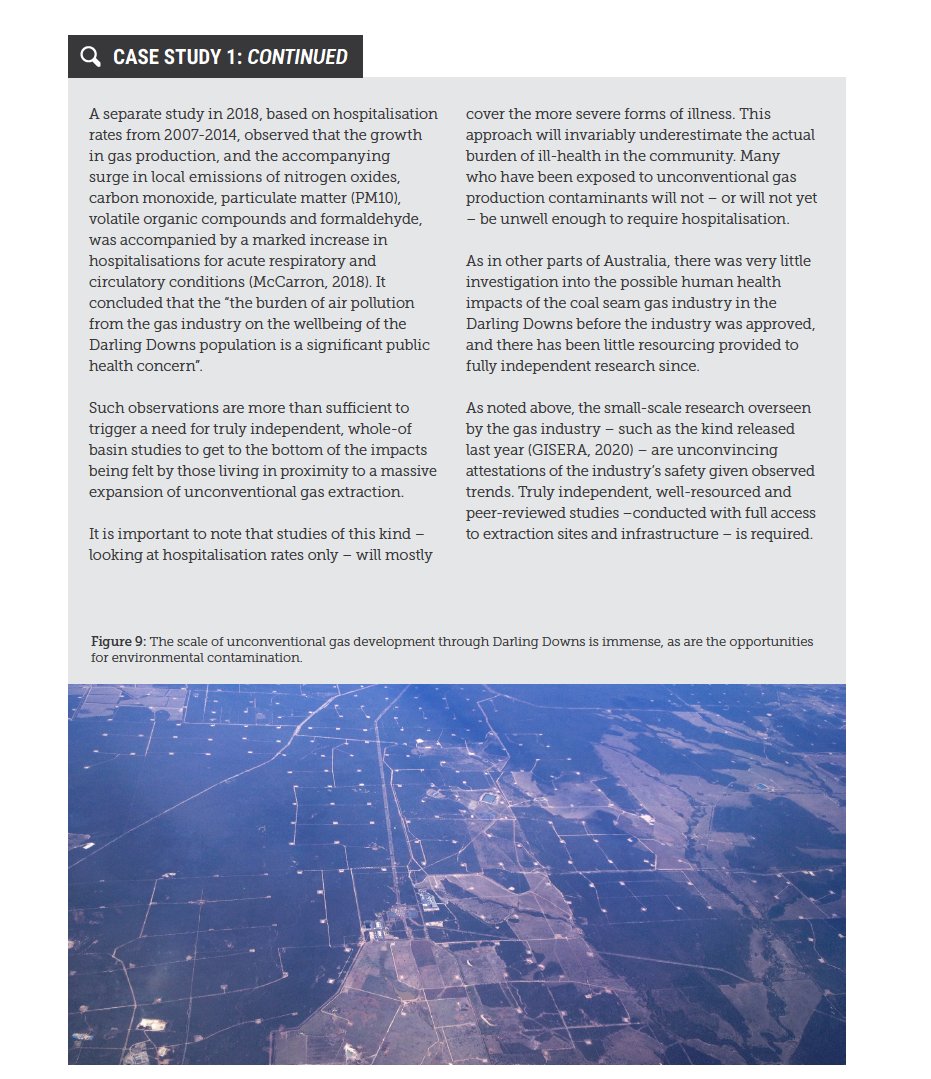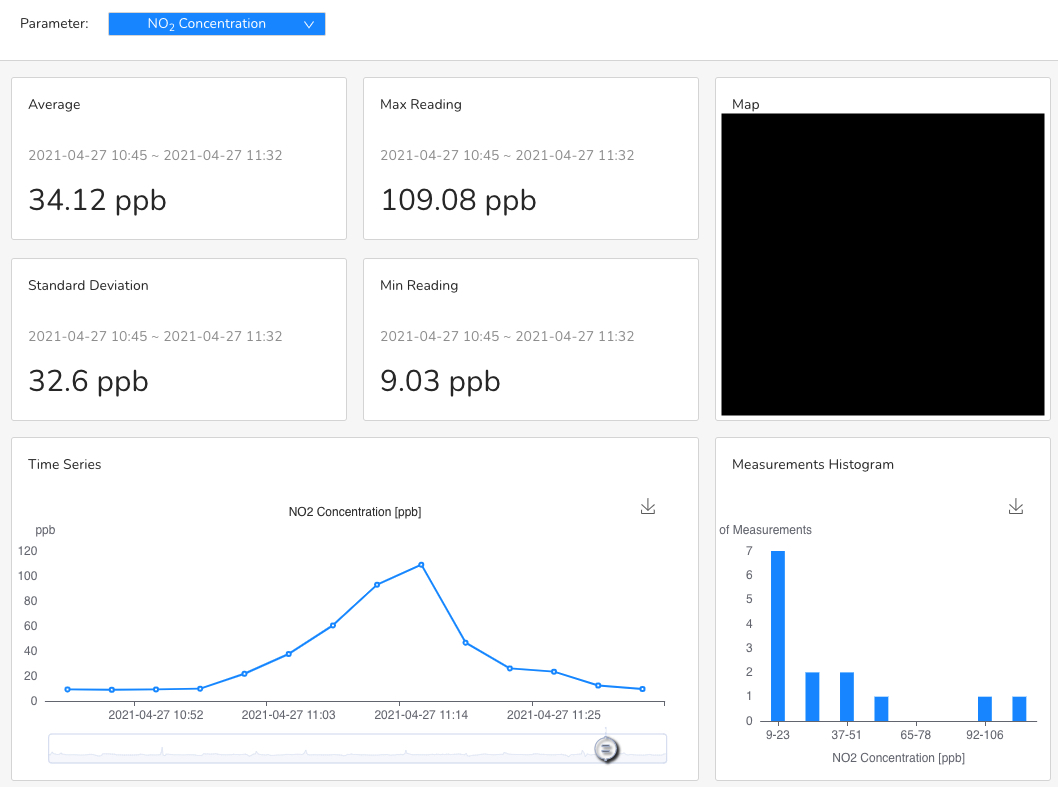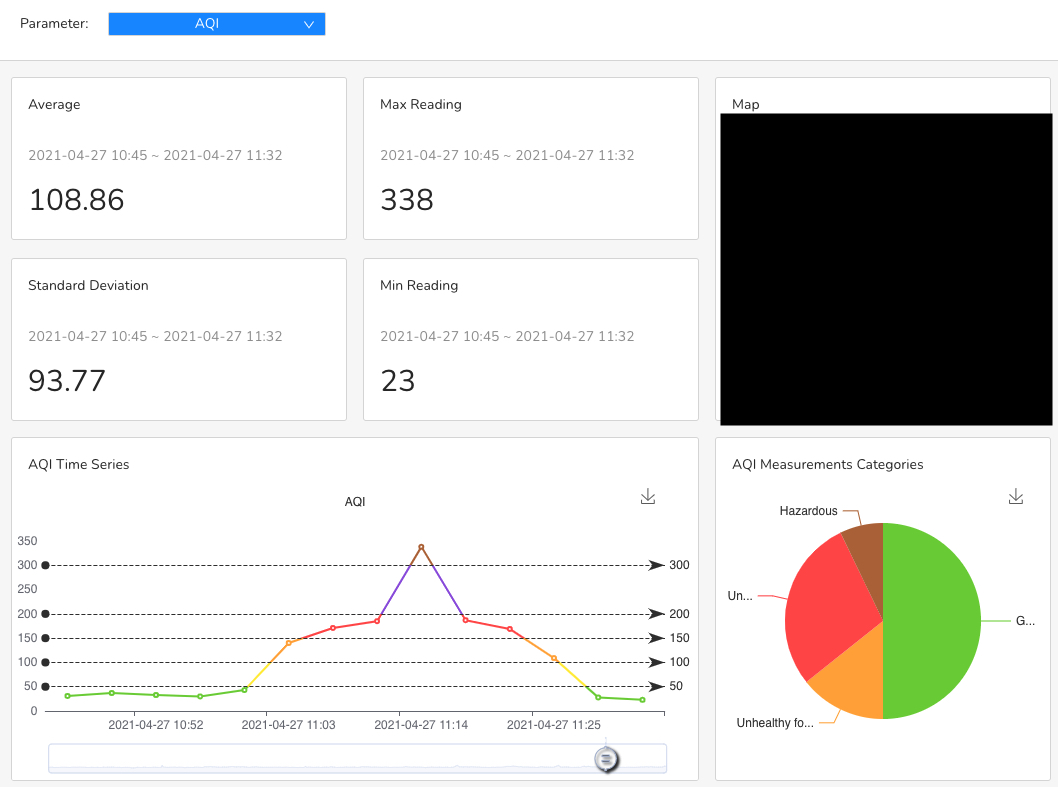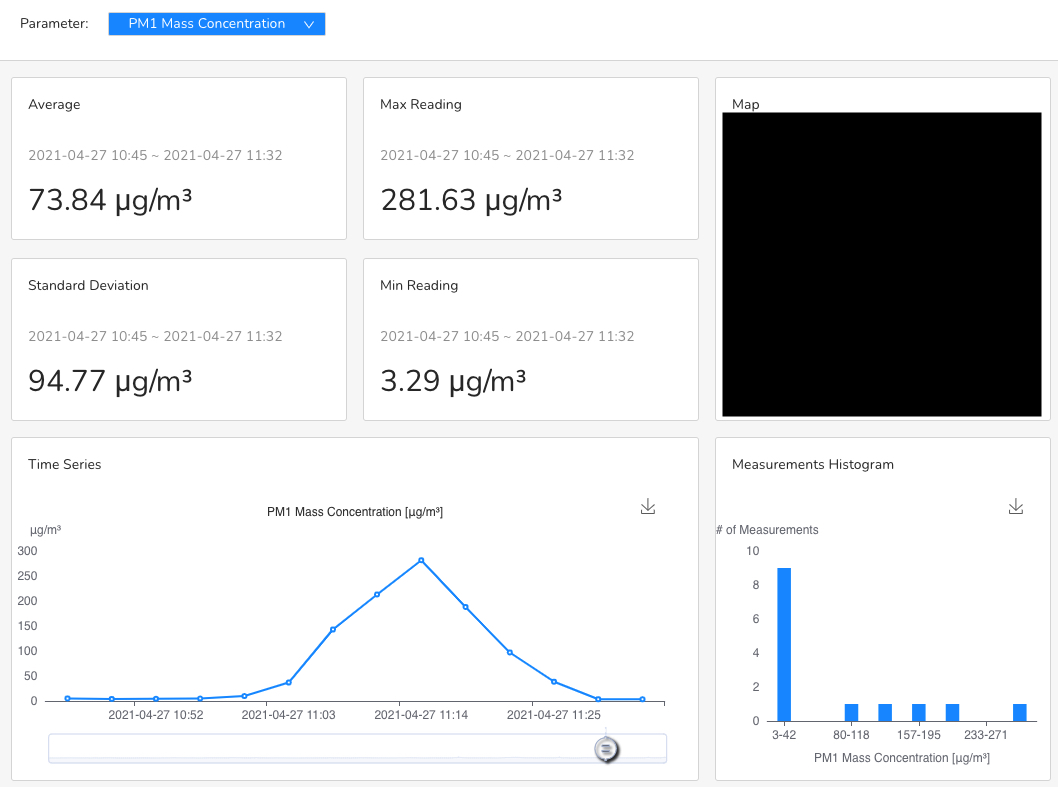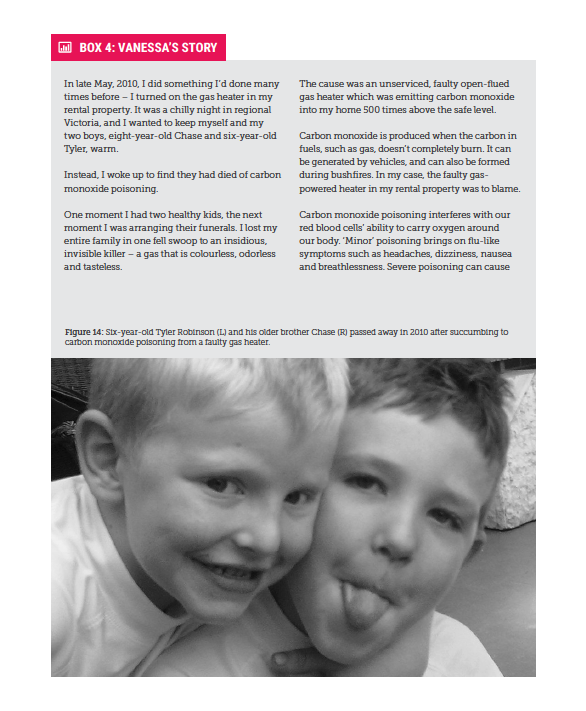This week, @climatecouncil& #39;s report on Gas and Health, & #39;Kicking the Gas Habit: How gas is harming your health& #39; came out.
It got a lot of media, especially around the link between gas stoves and childhood asthma, but I wanted to talk about a few things. A thread: https://abs.twimg.com/emoji/v2/... draggable="false" alt="🧵" title="Thread" aria-label="Emoji: Thread">
https://abs.twimg.com/emoji/v2/... draggable="false" alt="🧵" title="Thread" aria-label="Emoji: Thread">
It got a lot of media, especially around the link between gas stoves and childhood asthma, but I wanted to talk about a few things. A thread:
First, I should say that was a gargantuan piece of work.
The first discussions about it happened in May 2020, and the first draft was finished in September last year. It was in development for aaaages, but the author team was keen to ensure that everything was ironclad.
The first discussions about it happened in May 2020, and the first draft was finished in September last year. It was in development for aaaages, but the author team was keen to ensure that everything was ironclad.
It& #39;s a hard topic to discuss. The difficulty is partly because a lot of us have an emotional connection to our gas stove and partly because - on the whole - Australians have a really poor understanding of risk.
I think our risk literacy has become worse through COVID, FWIW.
I think our risk literacy has become worse through COVID, FWIW.
Recently, much more attention has been paid to the health impacts of gas extraction - especially the impacts of fracking - than the health impacts of gas consumption.
For a lot of us gas extraction is something happening very far away, making it harder to see as a direct threat.
For a lot of us gas extraction is something happening very far away, making it harder to see as a direct threat.
However, as a parent of a child with serious and difficult-to-manage asthma, a lot of what we learned was a very direct threat to my family.
This isn& #39;t rare. Asthma is the leading cause of disease burden for Australian children. We have some of the highest rates in the world.
This isn& #39;t rare. Asthma is the leading cause of disease burden for Australian children. We have some of the highest rates in the world.
The report starts by talking through the impact of gas extraction on local communities. What we found was similar to what others have found in the past.
Gas extraction - especially onshore unconventional gas - creates many possible exposure pathways to possible contaminants.
Gas extraction - especially onshore unconventional gas - creates many possible exposure pathways to possible contaminants.
As a result, where someone lives near unconventional gas extraction infrastructure and is suffering an illness, it is extraordinarily difficult to unpack how their symptoms came about for a whole host of reasons.
The alphabet soup of different possible contaminants used can cause any syndrome under the sun, there are multiple ways that someone might have been exposed to the chemicals, and you broadly have no idea of the dose.
Oh. And the list of specific chemicals used is kept secret.
Oh. And the list of specific chemicals used is kept secret.
The growing evidence out of the USA is concerning. Unfortunately, the impacts are also being felt most often by poor, black communities less able to access healthcare, and less likely to have their complaints taken seriously. See, for instance: https://theconversation.com/the-risk-of-preterm-birth-rises-near-gas-flaring-reflecting-deep-rooted-environmental-injustices-in-rural-america-143413">https://theconversation.com/the-risk-...
Our examination of the literature, which stood on the shoulders of others& #39; work (like that of @im4empowerment) found the following list of credible reported health associations between gas extraction and adverse human health conditions.
Australia& #39;s unconventional gas industry is younger, and while there& #39;s limited funding available in the USA for these studies, it& #39;s a limited share of a much greater pool of funding.
In Australia, there& #39;s no substantial, independent research occurring at all.
In Australia, there& #39;s no substantial, independent research occurring at all.
There& #39;s just one body tasked with looking at the social and environmental impact of gas extraction in Australia: It is funded by the gas industry. Industry partners have significant control over the research projects. Oddly, its findings always follow gas industry interests.
The Gas Industry Social and Environmental Research Alliance - GISERA - has produced some extremely dubious research in the past (see below).
Last year& #39;s Federal budget gave GISERA another $13.7m to assess the gas industry& #39;s impact. https://www.abc.net.au/news/2020-07-15/csiro-fracking-research-does-not-pass-pub-test-expert-says/12454942">https://www.abc.net.au/news/2020...
Last year& #39;s Federal budget gave GISERA another $13.7m to assess the gas industry& #39;s impact. https://www.abc.net.au/news/2020-07-15/csiro-fracking-research-does-not-pass-pub-test-expert-says/12454942">https://www.abc.net.au/news/2020...
What we can see from the limited independent research that has been conducted in Australia, particularly that conducted in Queensland& #39;s Darling Downs is pretty concerning.
This is early evidence, but we need so much more of before deciding to grow unconventional gas.
This is early evidence, but we need so much more of before deciding to grow unconventional gas.
The remainder of the report considers gas consumption. There are 3 major contaminants of concern produced from gas consumption.
- Nitrogen oxides: nitric oxide (NO-) and nitrogen dioxide (NO2)
- Particulate matter: especially PM2.5, but also PM10 or PM1
- Carbon monoxide
- Nitrogen oxides: nitric oxide (NO-) and nitrogen dioxide (NO2)
- Particulate matter: especially PM2.5, but also PM10 or PM1
- Carbon monoxide
This is where the big headlines came from, which I guess was predictable, especially where we are saying things like "gas cooking has a comparable impact on childhood asthma to household smoking". https://www.theage.com.au/national/victoria/kids-asthma-risk-from-cooking-with-gas-like-living-with-a-smoker-20210505-p57p11.html">https://www.theage.com.au/national/...
The principal contaminants behind this association are the nitrogen oxides nitric oxide and nitrogen dioxide though in reality it is most often going to be nitrogen dioxide that is causing the harm. Nitric oxide rapidly becomes nitrogen dioxide in normal circumstances.
In the household, and elsewhere - these nitrogen oxides are formed from combustion of any kind. They aren& #39;t just a gas thing.
They should not be confused with nitrous oxide, which is laughing gas and - coincidentally - an oft neglected greenhouse gas. https://www.reuters.com/article/us-climate-change-no2/fertiliser-use-is-fuelling-climate-warming-nitrous-oxide-emissions-study-idUSKBN26S35W">https://www.reuters.com/article/u...
They should not be confused with nitrous oxide, which is laughing gas and - coincidentally - an oft neglected greenhouse gas. https://www.reuters.com/article/us-climate-change-no2/fertiliser-use-is-fuelling-climate-warming-nitrous-oxide-emissions-study-idUSKBN26S35W">https://www.reuters.com/article/u...
Nitric oxide and nitrogen dioxide are formed from a reaction that occurs at high heat in the air, where naturally-occurring nitrogen is recombined with naturally-occurring oxygen.
See this, from the World Health Organization guidelines:
See this, from the World Health Organization guidelines:
Nitrogen dioxide has been known to be a respiratory irritant, capable of producing a wide range of possible impacts, for a really, really long time.
I can personally vouch for the fact that the main source of NO2 in the home is gas cooking.
I can personally vouch for the fact that the main source of NO2 in the home is gas cooking.
In my (rented*) house, we have a freestanding gas stove and oven, and our gas water heater is inside.
The house has an old gas heater, but we had to sign a clause in our lease agreeing not to light it. Heating is reverse cycle AC.
* Yes, NGO wages are how you& #39;d expect.
The house has an old gas heater, but we had to sign a clause in our lease agreeing not to light it. Heating is reverse cycle AC.
* Yes, NGO wages are how you& #39;d expect.
There& #39;s no rangehood, but we do have a recently cleaned, serviced ceiling fan. https://twitter.com/timinclimate/status/1358379665111437314?s=20">https://twitter.com/timinclim...
I& #39;ve had an air quality monitor, loaned to me by @donnalisa_green, next to the kitchen, monitoring NO2, PM1, PM2.5 and PM10. It& #39;s also close to the hot water system.
This is a few days& #39; data, using the ceiling fan and with the doors open.
On 21/4, we had takeaway:
This is a few days& #39; data, using the ceiling fan and with the doors open.
On 21/4, we had takeaway:
Water heater - thankfully - isn& #39;t doing much through that time, but there& #39;s a big spike for dinner each night, even with the ceiling fan on and (recently) the back door wide open whenever we cook, that& #39;s because:
On top of that, lots of rangehoods simply vent into the room (!), which will only stir the contaminants around, not clear the room of them.
In one place where I tested the air pollution monitor, turning on the rangehood accelerated the increase in NO2 levels!
In one place where I tested the air pollution monitor, turning on the rangehood accelerated the increase in NO2 levels!
Gonna eat dinner. Back in a bit.
The literature associates gas cooking with elevated NOx *and* particulate matter but most of the time, I didn& #39;t see much happening with the PMs. Though I could see the impact of hazard reduction burning.
Here& #39;s the same period in my kitchen as above using PM2.5.
Here& #39;s the same period in my kitchen as above using PM2.5.
But there was one exception and it blows my tiny mind.
So I did a bit of testing at various people& #39;s houses with the monitor. I& #39;m a nerd and I had a new toy.
Like I did everywhere else, two burners on, just burning into the air, with the monitor around 3m from the stove.
So I did a bit of testing at various people& #39;s houses with the monitor. I& #39;m a nerd and I had a new toy.
Like I did everywhere else, two burners on, just burning into the air, with the monitor around 3m from the stove.
I was sat there, watching the NO2 readings, without the rangehood on and while the NO2 was high, it was a normal kind of high.
It wasn& #39;t until I got home that I looked at everything else.
It wasn& #39;t until I got home that I looked at everything else.
With that stove on for 16 minutes - just lit - not cooking air quality in that kitchen became objectively hazardous, not just for sensitive groups, or kids with asthma but for an able-bodied adult.
In 16 min it was Black Summer air quality and it was totally invisible.
In 16 min it was Black Summer air quality and it was totally invisible.
I went back with the monitor and wasn& #39;t able to recreate that. I guess this is for the best. My working theory is that some piece of food was stuck to the grate and invisibly burning.
But also, it was invisible. Even with a monitor, I didn& #39;t know that this was around me.
But also, it was invisible. Even with a monitor, I didn& #39;t know that this was around me.
And then there& #39;s NSW schools and their unflued gas heaters.
A flue is basically a chimney attached to the heater. You can use the flue type as a proxy for health risk. The worst, of course, is a gas heater with no flue where contaminants go straight back into the room.
A flue is basically a chimney attached to the heater. You can use the flue type as a proxy for health risk. The worst, of course, is a gas heater with no flue where contaminants go straight back into the room.
There& #39;s some nuance here, though, because some gas heaters without a flue are designed as "low-NOx" heaters, meaning that they notionally produce less nitric oxide and nitrogen dioxide, compared to the norm.
Low-NOx absolutely, without a doubt is better than not low-NOx.
Low-NOx absolutely, without a doubt is better than not low-NOx.
But also, low-NOx is very, very significantly worse than no-NOx.
And here& #39;s where the rubber hits the road.
New South Wales has about 2,200 public schools. Once upon a time, the bulk of the schools had standard unflued heaters installed.
And here& #39;s where the rubber hits the road.
New South Wales has about 2,200 public schools. Once upon a time, the bulk of the schools had standard unflued heaters installed.
All the contaminants coming from burning gas went straight into the classroom. In the 1980s and 1990s, there was a big push to get rid of them, because they were (rightly) seen as a health risk, and they were progressively removed, and replaced with low-NOx unflued gas heaters.
In 2010, the NSW government (I think under @KKeneally...?) did a study of the health impacts of these low NOx heaters. The study occurred over a short period of winter and found elevated rates of wheeze and asthma symptoms *from the & #39;low-NOx& #39; heaters*.
At the time, the NSW Government committed to removing unflued gas heaters in about 100 of the state& #39;s coldest schools.
There was a change of government in NSW, and the new government commissioned a cost-benefit analysis which found that the benefits to the health of NSW school children was not worth the cost.
This finding was panned by one of the original study& #39;s authors: https://www.smh.com.au/education/school-risk-study-flawed-gas-heater-experts-say-20110904-1jscl.html">https://www.smh.com.au/education...
This finding was panned by one of the original study& #39;s authors: https://www.smh.com.au/education/school-risk-study-flawed-gas-heater-experts-say-20110904-1jscl.html">https://www.smh.com.au/education...
In 2020, it was admitted in NSW legislative council estimates that "the majority" of public schools in NSW have unflued gas heaters installed.
The one program to get rid of unflued gas heaters in NSW classrooms is the Cooler Classrooms initiative.
The Cooler Classrooms initiative is a great program, and one that @craigreucassel& #39;s Big Weather made a really powerful case for.
Kids don& #39;t learn in hot classrooms.
The Cooler Classrooms initiative is a great program, and one that @craigreucassel& #39;s Big Weather made a really powerful case for.
Kids don& #39;t learn in hot classrooms.
Classroom air conditioning is vitally important, and increasingly so under climate change.
Heatwave is Australia& #39;s biggest natural killer, which is wild given how much everything else here wants to kill us, but also: the impacts of heat go way beyond the fatalities.
Heatwave is Australia& #39;s biggest natural killer, which is wild given how much everything else here wants to kill us, but also: the impacts of heat go way beyond the fatalities.
Cooler classrooms is great on paper. Department goes into public schools and assesses their needs. They then install reverse cycle air conditioning, capable of heating and cooling, and in the process remove unflued gas heaters.
First thing: the program aims to install air conditioning in 900 of the state& #39;s 2200 public schools over five years. It began in 2018. So far, it has completed installation in about 200 schools, so it would seem to be behind schedule.
"The majority" of NSW schools still have unflued gas heaters, even after these 200 installations, which means that even if the program meets its goals, hundreds of schools will nonetheless continue to expose children to air pollution in the classroom.
Second thing: The program prioritises schools that face high January temperatures. This means that aside from the 100 coldest schools, dealt with under the ALP, the schools relying the most on their unflued gas heaters the most are at the lowest priority.
Third: I don& #39;t mean to nitpick, but School Infrastructure NSW, we haven& #39;t met before. If it& #39;s in a report that I have co-authored, whether or not I& #39;m the lead, there are receipts. These things are safe even according to NSW Gov& #39;t commissioned research. https://twitter.com/timinclimate/status/1390078793335808002?s=20">https://twitter.com/timinclim...
The NSW Government could prioritise the health of NSW school children. The farce that is burning a fossil fuel in the classroom while students are trying to learn without even so much as a flue needs to end.
Every other state has managed to kick the gas habit in schools.
Every other state has managed to kick the gas habit in schools.
Last of all is the most brutal. I struggle to talk about it, so I& #39;m going to let Vanessa Robinson do the talking herself. She& #39;s a truly remarkable woman - I& #39;m not sure that I& #39;d ever be able to stand, or talk, or walk, or anything else if I& #39;d gone through what she has.
While the headlines of our report this week were immense, there& #39;s a lot more to learn in it. As I said before the release, I& #39;m more proud of playing my part in this report than I have been of anything else I& #39;ve written in years.
You can read it here: https://www.climatecouncil.org.au/resources/gas-habit-how-gas-harming-health/">https://www.climatecouncil.org.au/resources...
You can read it here: https://www.climatecouncil.org.au/resources/gas-habit-how-gas-harming-health/">https://www.climatecouncil.org.au/resources...
And it& #39;s not all problems, the report also addresses solutions. This video that we produced alongside the report is particularly great, though. https://www.climatecouncil.org.au/resources/benefits-living-gas-free-home/">https://www.climatecouncil.org.au/resources...
The air pollution monitor that was in my home, and that that I talked about above, was borrowed primarily to make this report on A Current Affair happen.
It was a huge deal for us, and they did a great job of it. https://9now.nine.com.au/a-current-affair/gas-stove-tops-potential-asthmatic-aussie-kitchen-hazard/47930c64-e7de-429d-97fa-058c2df51fa9">https://9now.nine.com.au/a-current...
It was a huge deal for us, and they did a great job of it. https://9now.nine.com.au/a-current-affair/gas-stove-tops-potential-asthmatic-aussie-kitchen-hazard/47930c64-e7de-429d-97fa-058c2df51fa9">https://9now.nine.com.au/a-current...
Finally, my employer @climatecouncil is an NGO and we& #39;re funded by people just like you.
Support our work here: https://www.climatecouncil.org.au/donate/ ">https://www.climatecouncil.org.au/donate/&q...
Support our work here: https://www.climatecouncil.org.au/donate/ ">https://www.climatecouncil.org.au/donate/&q...
Apologies to anyone reading who is visually impaired or otherwise uses alt text. I just realised that I missed a few above.
Every  https://abs.twimg.com/emoji/v2/... draggable="false" alt="🤬" title="Gesicht mit Symbolen über dem Mund" aria-label="Emoji: Gesicht mit Symbolen über dem Mund"> time there& #39;s a bad typo.
https://abs.twimg.com/emoji/v2/... draggable="false" alt="🤬" title="Gesicht mit Symbolen über dem Mund" aria-label="Emoji: Gesicht mit Symbolen über dem Mund"> time there& #39;s a bad typo.
Obviously, in this tweet, I meant "aren& #39;t". https://twitter.com/timinclimate/status/1391359399134855171?s=19">https://twitter.com/timinclim...
Obviously, in this tweet, I meant "aren& #39;t". https://twitter.com/timinclimate/status/1391359399134855171?s=19">https://twitter.com/timinclim...

 Read on Twitter
Read on Twitter " title="This week, @climatecouncil& #39;s report on Gas and Health, & #39;Kicking the Gas Habit: How gas is harming your health& #39; came out.It got a lot of media, especially around the link between gas stoves and childhood asthma, but I wanted to talk about a few things. A thread:https://abs.twimg.com/emoji/v2/... draggable="false" alt="🧵" title="Thread" aria-label="Emoji: Thread">" class="img-responsive" style="max-width:100%;"/>
" title="This week, @climatecouncil& #39;s report on Gas and Health, & #39;Kicking the Gas Habit: How gas is harming your health& #39; came out.It got a lot of media, especially around the link between gas stoves and childhood asthma, but I wanted to talk about a few things. A thread:https://abs.twimg.com/emoji/v2/... draggable="false" alt="🧵" title="Thread" aria-label="Emoji: Thread">" class="img-responsive" style="max-width:100%;"/>







